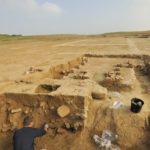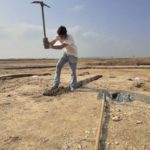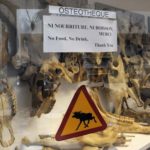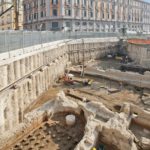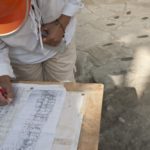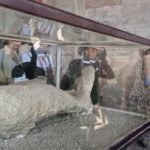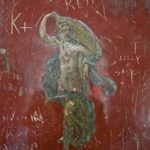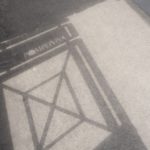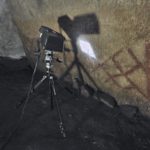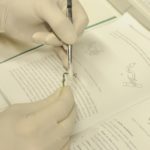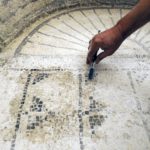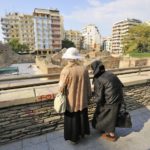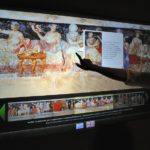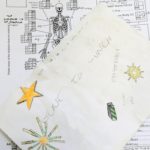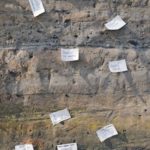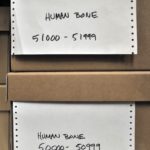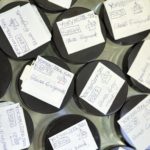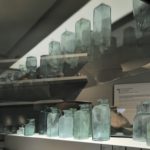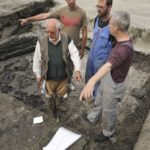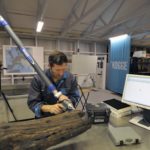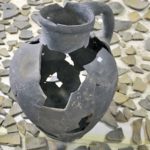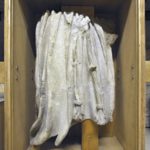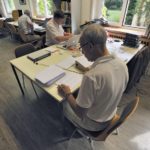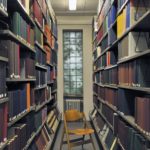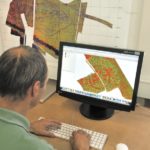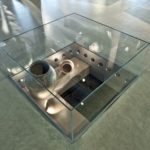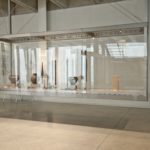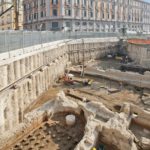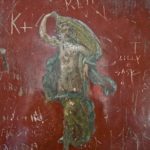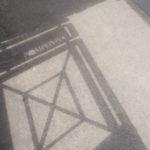Working in archaeology
It can be said that archaeology is not a job but a discipline, part science, part art, and at the same time a professional occupation; a discipline because it considers the relationship between societies and their pasts; a science because it is about creating a body of knowledge with precise methods for researching the past; an art because it tells a story; and a profession because it takes part in an economic and social system and combines multiple jobs, specialities, and practices.
Presenting the whole diversity of working in archaeology was one of the goals of a project entitled Archaeology in Contemporary Europe. The network of thirteen institutions offered European archaeologists the opportunity to think about their profession, its practices, its relationship with the public and to describe themselves through the artistic representation of their work intended for all audiences. The research was supported by the European Union’s ‘Culture’ 2007-2013 programme.
One of the tasks of the project was organizing an exhibition in various countries which would offer the public a deeper understanding of archaeology in contemporary world. This exhibition of photographs provided a photographic impression of what archaeologists do on a day-to-day basis. It explored the diversity of archaeological activities, the diversity of the periods studied, the objects discovered, the tools used, the techniques involved and the many ways of showing or doing. This exhibition was also a reflection of the diversity of European archaeology today because the images come from seven countries: Belgium, Germany, France, Greece, Italy, Spain and the United Kingdom. In these countries the photographer, Pierre Buch, travelled to meet working archaeologists, and photograph the various stages of their activity.
The photographs displayed below present images of the modern archaeologist and archaeology. The profession has undergone profound changes over the past three decades. While there may be many reasons for these changes, we can identify the most important ones: the European Convention on the Protection of the Archaeological Heritage (Malta 1992); the emergence and expansion of archaeological work that ensures the detection and study of those archaeological remains threatened by building works; major changes in the nature of the European university system; and the reinforcement of public interest in and attachment to heritage. These factors have prompted changes in the fields of training, research and knowledge sharing and have naturally given rise to archaeology as a varied and complex profession.
Each one of Pierre Buch’s photographs is independent and can be see as a unique work. However, each picture is also accompanied by a keyword which helps categorise a facet of the archaeologist’s work and to guide the visitor:
- Excavating: because the archaeologist is often digging amongst buried remains even if they also work on standing buildings and monuments.
- Recording: as the excavation destroys its subject of research, recording finds has to be precise and systematic.
Analysing: because to answer a defined research question, archaeologists have to make the remains in the laboratory “speak”. - Preserving: because we have to conserve remains in order to study and present them now and to preserve them for the future.
- Telling: because the first aim of archaeology is to elaborate and disseminate knowledge about the past, even if it is constantly changing.



